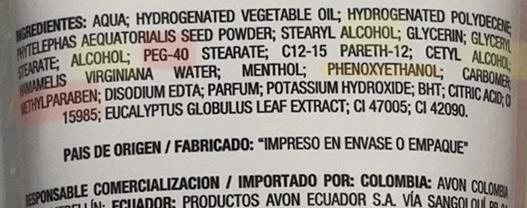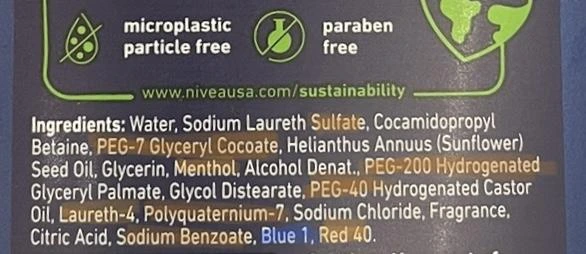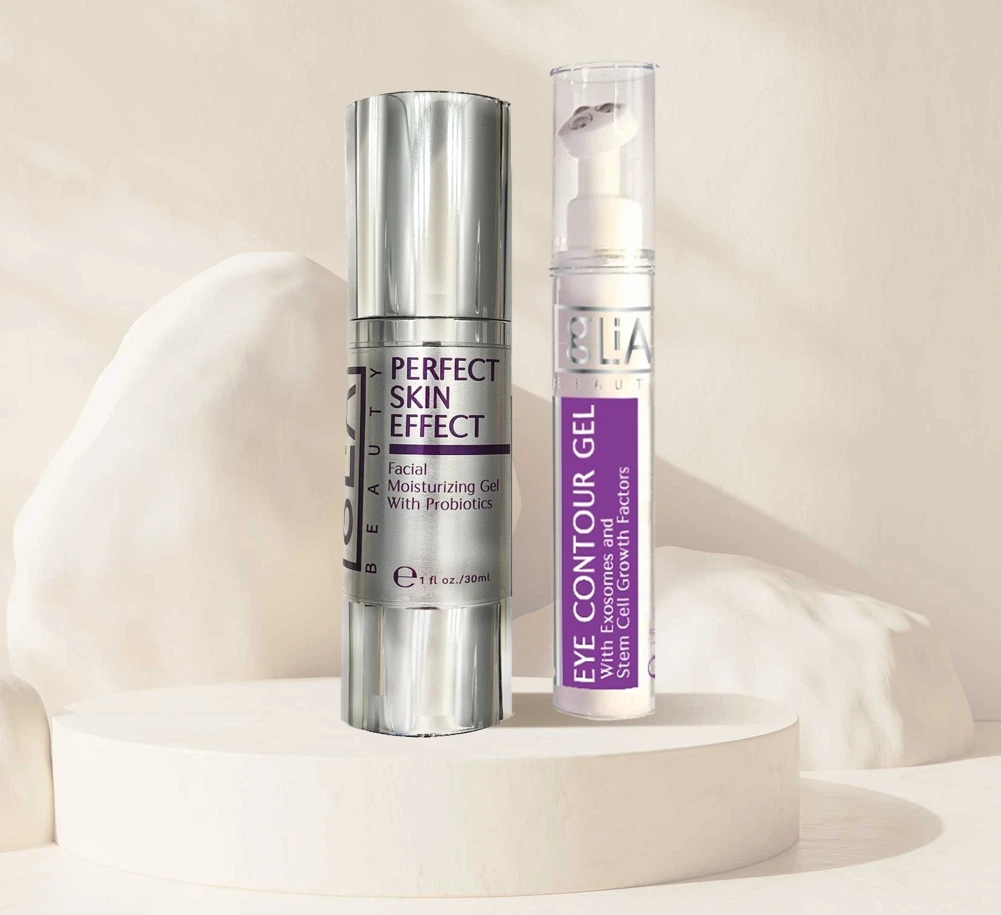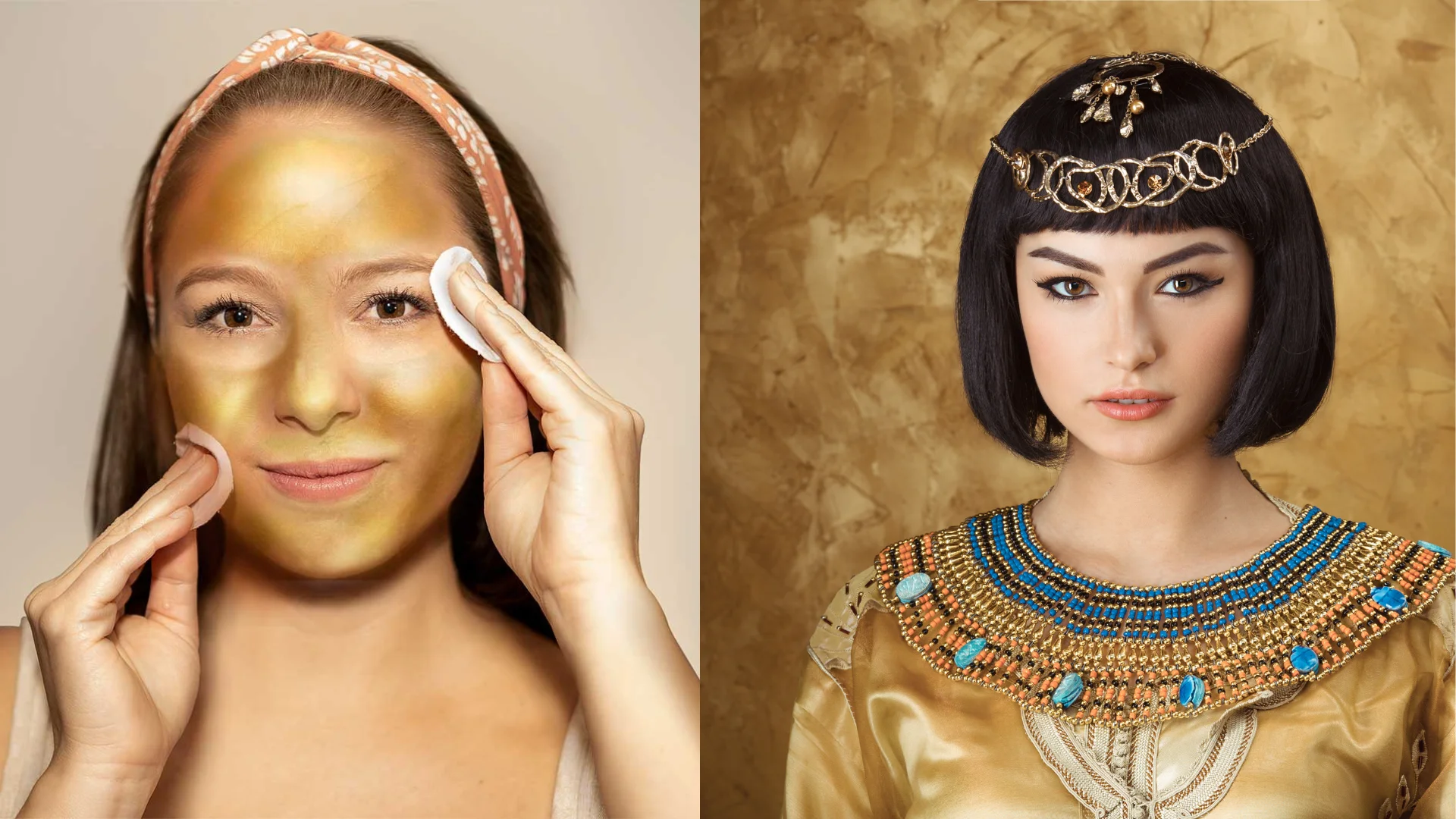Beauty and Its price: Part II
Having explored potential carcinogens and endocrine disruptors in the previous section, let’s delve further into the realm of concealed threats within the beauty and health industry.
Table of Contents:
Parabens
These compounds serve as preservatives commonly found in cosmetic and personal hygiene products. Their use is similar to the preservatives used in food. Their main function is to prevent them from degrading due to the action of microorganisms or, even more, from losing their effectiveness.
While the typical range of parabens in cosmetics is generally between 0.01% and 0.03%, prolonged usage within this range can give rise to specific issues. Among the various risks that should be considered are:
- Endocrine system: Methyl, propyl, and butyl forms can directly affect glandular activity and hormone production acting as an endocrine disruptor.
- Male reproductive system: Parabens are associated with abnormal functioning of the male reproductive system causing lower sperm and testosterone levels.
- Premature aging: Their use directly affects skin tissues, sometimes causing symptoms of skin aging such as: contact dermatitis, redness, inflammation, itching and pain in the skin, tightness, dryness.
- Association with Cancer: Many of the characteristics of breast cancer can be explained by the constant exposure to endocrine disruptors, as they possess estrogenic activity and estrogen exposure is a major risk factor for breast cancer. It is now proven that endocrine disruptors allow all the characteristics of cancer to develop.
Within the European Union, parabens are usually identified as follows:
- E214
- E215
- E216
- E217
- E218
- E219
It is also possible to identify them as follows:
- Methylparaben
- Propylparaben
- Benzylparaben
- Ethylparaben
- Butylparaben
- Sodium benzoate
- Sodium
- Ammonium
- Laureate sulfate

Phthalates
These chemicals are mass-produced, primarily serving as plasticizers in consumer goods. In cosmetics, they are commonly utilized to fix the fragrance in products, such as floral or lavender scents. However, these substances pose a significant environmental concern and fall into the category of endocrine disruptors.
It is imperative to minimize exposure to these compounds, as they have been linked to potential carcinogenic effects, especially in fertile-age individuals, pregnant women, and young children during their developmental stages when their immune systems are still strengthening. Ongoing research consistently highlights the sensitivity of male development to certain phthalates, such as dibutyl phthalate (DBP) and diethylhexyl phthalate (DEHP).
Although pregnant women and children are the most likely to be affected, they are not the only ones who can be affected. Below I will show you a set of side effects and how phthalates act on human health.
Phthalates belong to the chemicals known as ED. They act directly on the modulation of both mature and developing hormone systems, which directly affect male reproductive health in the following ways:
- Testicular function: According to studies, phthalate exposure induces deterioration of sperm parameters in men. The level of mono-iso-nonyl phthalate (MiBP) is positively associated with sperm motility and negatively associated with total sperm count.
Testicular Dysgenesis Syndrome (TDS): Prenatal exposure to phthalates disrupts the developmental process and functionality of Leydig and Sertoli cells, leading to a variety of disorders such as decreased testicular weight, impaired spermatogenesis, genital malformations among them (Hypospadias cryptorchidism and shortened anogenital distance). These symptoms are widely known as (TDS) in humans.
It should be noted that although it is true that in women it also includes a series of adverse effects related to the prenatal state, there are also some that may be related to the postnatal period.
- Premature ovarian failure (POF): It has been demonstrated that the anti-estrogenic activity of phthalates acts by inhibiting the production of estradiol, causing a decrease in ovarian reserve and anovulation.
- Pregnancy dysfunctions: It has been demonstrated that phthalates affect the duration of pregnancies, since a variant of phthalate called DEHP stimulates the secretion of prostaglandins which are signaling molecules that lead to uterine contractions which could induce a miscarriage or premature delivery, phthalates can cause dysfunctions throughout pregnancy causing a shortening or lengthening of pregnancy, without leaving out the rate of miscarriages that are correlated.
- Cancer in the female reproductive organs: It has been demonstrated that phthalates contain estrogenic properties which increase endogenous estradiol levels, in turn stimulating cell proliferation and growth, leading to the appearance of certain types of hormone-dependent cancers, such as ovarian, uterine and cervical cancer.
Banned in the European Union, all that are marked in blue.


Mineral Oils and Waxes
Among this conglomerate of amines are some called Diethanolamine (DEA) Monoethanolamine (MEA) and Triethanolamine (TEA) which are usually used to regulate the pH and as they are liposoluble they have great efficacy in the depth of the skin. These are chemical substances that can usually be found as ingredients in personal care and cosmetic products such as mineral oils and waxes.
Mineral oils are made up of kerosenes from petroleum, they are transparent and colorless.
These types of oils, since they cannot be absorbed, act as a superficial layer on the skin, giving a moisturizing sensation, although the truth is far from being just that, since they actually clog the pores and interrupt the process of perspiration in the skin and the elimination of toxins.

You might be curious about the types of products in which they are typically used?
Without delving into extensive details, considering the affordability of mineral oils, they are readily available in:
- Facial Creams;
- Body creams;
- Baby oils;
- Nail polish;
- Liquid make-up;
- Foundation products.
It is crucial to highlight that despite their minimal presence in these products, consistent use has been observed to contribute to the emergence of issues such as:
- Acne;
- Skin irritation;
- Dermatitis;
- Premature aging;
- Some kerosenes can eventually concentrate in the liver, kidneys and lymph nodes.
They can be found on labels as follows:
- Paraffinum liquidum;
- Microcrystalline wax;
- Ozokerite;
- Ceresin izoparafrin.

Formaldehyde and its derivatives
A colorless chemical compound characterized by a potent odor, formaldehyde is industrially produced for the construction of materials like particle board, wood, and certain pressed wood products. Its versatile applications extend to being integrated into formulations for fungicides, germicides, and disinfectants. Beyond industrial uses, formaldehyde is recognized for its role as an embalming fluid in funeral homes and as a preservative for specimens, including frogs and animals used in science classes.
Despite its varied applications, formaldehyde poses potential risks, especially concerning adverse effects on human health. This chemical can enter the body through skin contact, inhalation, and ingestion, leading to tissue irritation upon direct interaction. Common symptoms include irritation of the eyes, nose, throat, and tearing.
Formaldehyde has faced regulatory measures, with complete bans in countries like Sweden and Japan and severe restrictions within the European Union. While some companies refrain from directly using formaldehyde, it’s important to note that certain products may contain ingredients that release formaldehyde, emphasizing the need for awareness and scrutiny in consumer choices.
Hydroquinone
Hydroquinone remains a prevalent ingredient in products aimed at treating skin blemishes, despite the challenge of finding mercury in cosmetics today. This compound is particularly common in formulations designed to lighten dark skin spots, such as hyperpigmentation, melasma, liver spots, age spots, and freckles, often triggered by factors like pregnancy, birth control pills, skin lesions, or hormonal disruptors.
Functioning by directly impacting melanocytes—the cells responsible for melanin production—hydroquinone regulates and diminishes melanin production, thereby aiding in the lightening of skin spots. However, its use comes with a range of adverse effects on skin health, with Ochronosis being a particularly concerning consequence. Ochronosis manifests as an excess of pigmentation in the skin, proving challenging to remove, leading to persistent dark spots after the compound is used as a skin lightener.
- Irritation;
- Erythema;
- Inflamation;
- Stinging;
- Xeroderma;
- Dermatitis;
- Ochronosis.
Retinoids
Many individuals choose this path to diminish scars, but it’s crucial to be aware that certain retinoids pose potential risks. One notable example is isotretinoin, a synthetic form of Vitamin A, known to be teratogenic. This means that if you’re pregnant, its use can result in mutations and irreversible harm to your child. Additionally, isotretinoin may pose concerns for liver health. Obtaining a prescription for isotretinoin, as well as Tretinoin, is mandatory.
Instead, we recommend an alternative kit that you can confidently use at any time, even if you’re expecting. This ensures a safer approach without compromising your well-being or that of your child. Glia Beauty Oily Skin Care Bundle is enriched with Exosomes, Collagen, Elastin, Probiotics, and Amino Acids and is specifically designed for facial surfaces and the delicate eye orbital areas. It effectively hydrates the skin while diminishing the visibility of imperfections like fine lines, blemishes, and uneven skin tone. Its lightweight and non-greasy texture make it suitable for all skin types, especially those with oily skin.






There are no comments